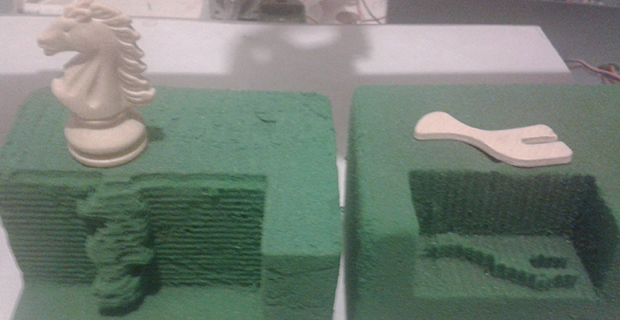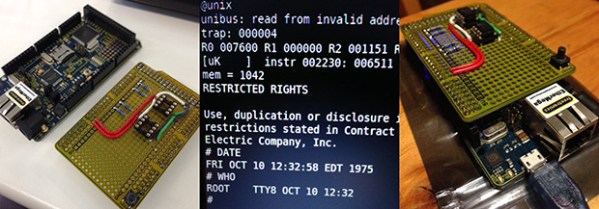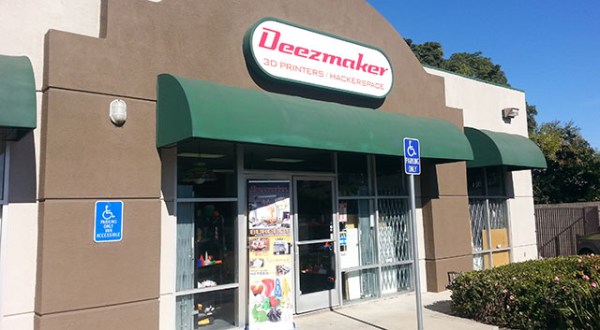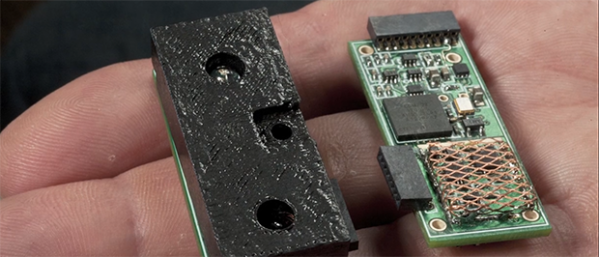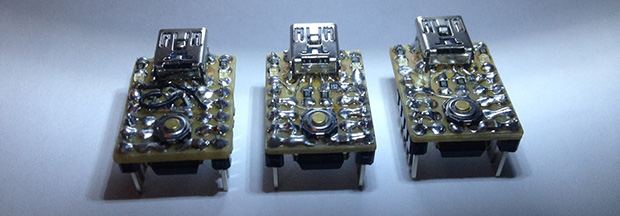
We’ve seen a lot of Trinket builds over the past few months, but so far few people have capitalized on the Trinket’s minimalism. It’s a fairly simple circuit, as far as dev boards go, and with careful planning can be built entirely on perfboard. That’s what [villeki] did, with a project he calls Shrinket.
After looking at the schematic for the Trinket, [villeki] figured he could best the very small footprint of this ATtiny85 board. To do this, he mounted the uC on the bottom side of the board, bending the pins so they could be easily soldered to the pins. The only real challenge in building this tiny board was the USB connector. To fit this connector on board, the copper pads were carefully scraped off the protoboard and wires run to the zeniers.
The Shrinket is impressively small – only 0.6″x 0.9″ – and a very impressive example of soldering skills. If you’re looking for a project to hone your free-form soldering skills, this is a great way to spend an hour or two. Bonus, you probably already have the parts required (or a reasonable substitute) sitting around.

